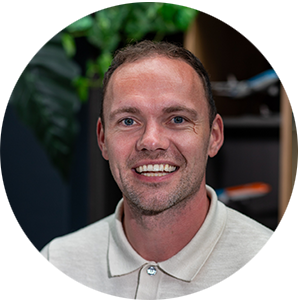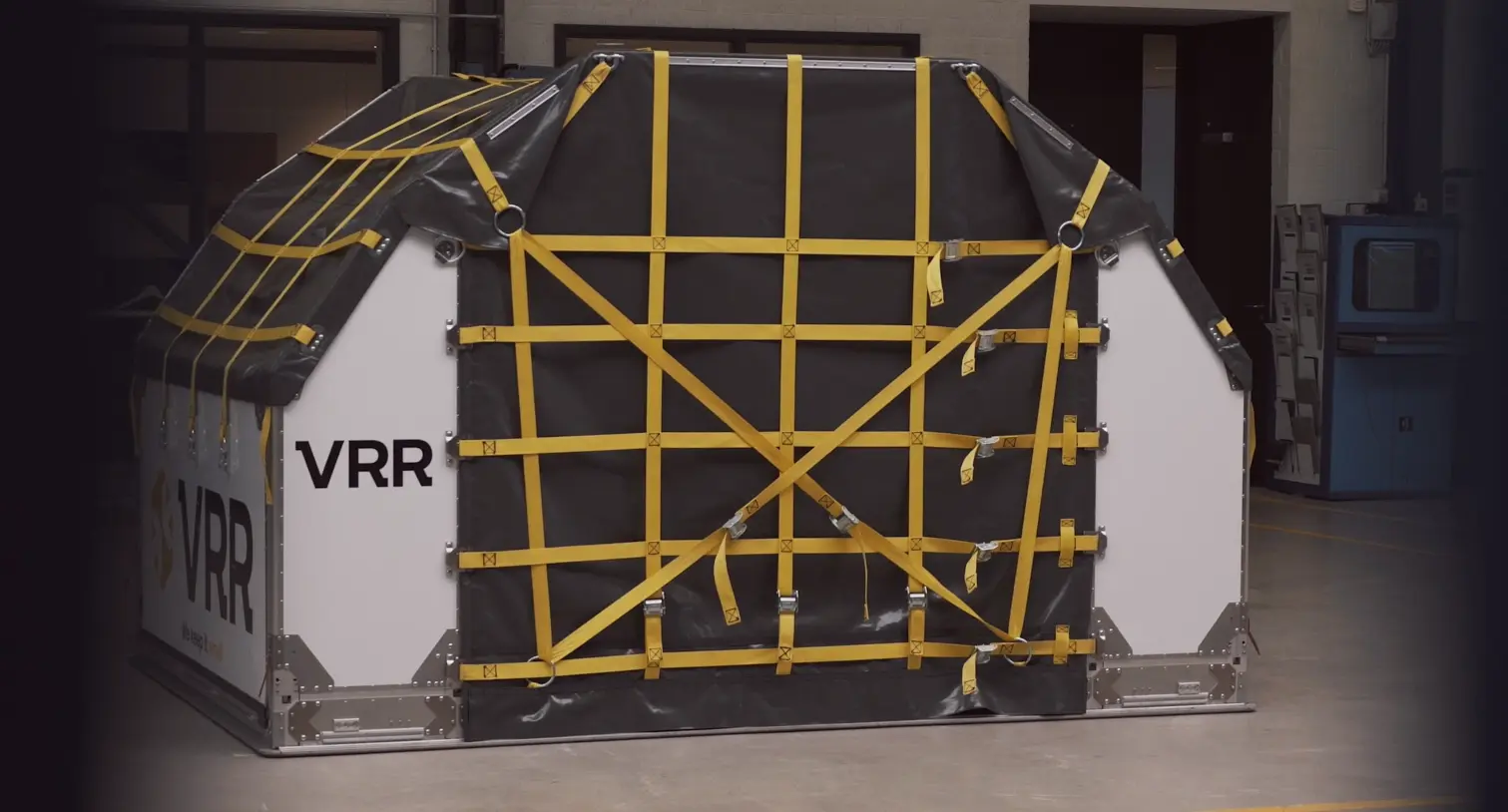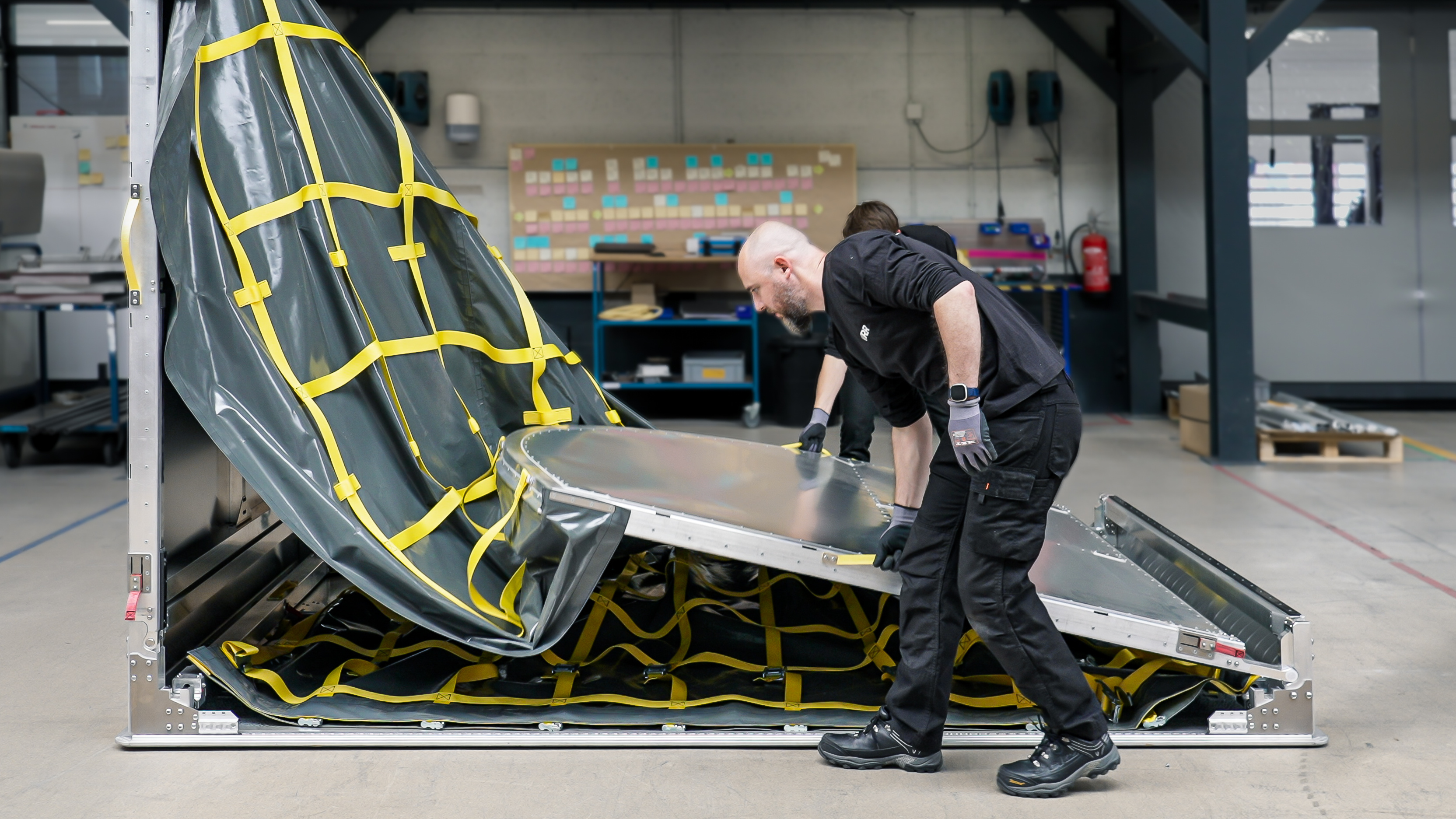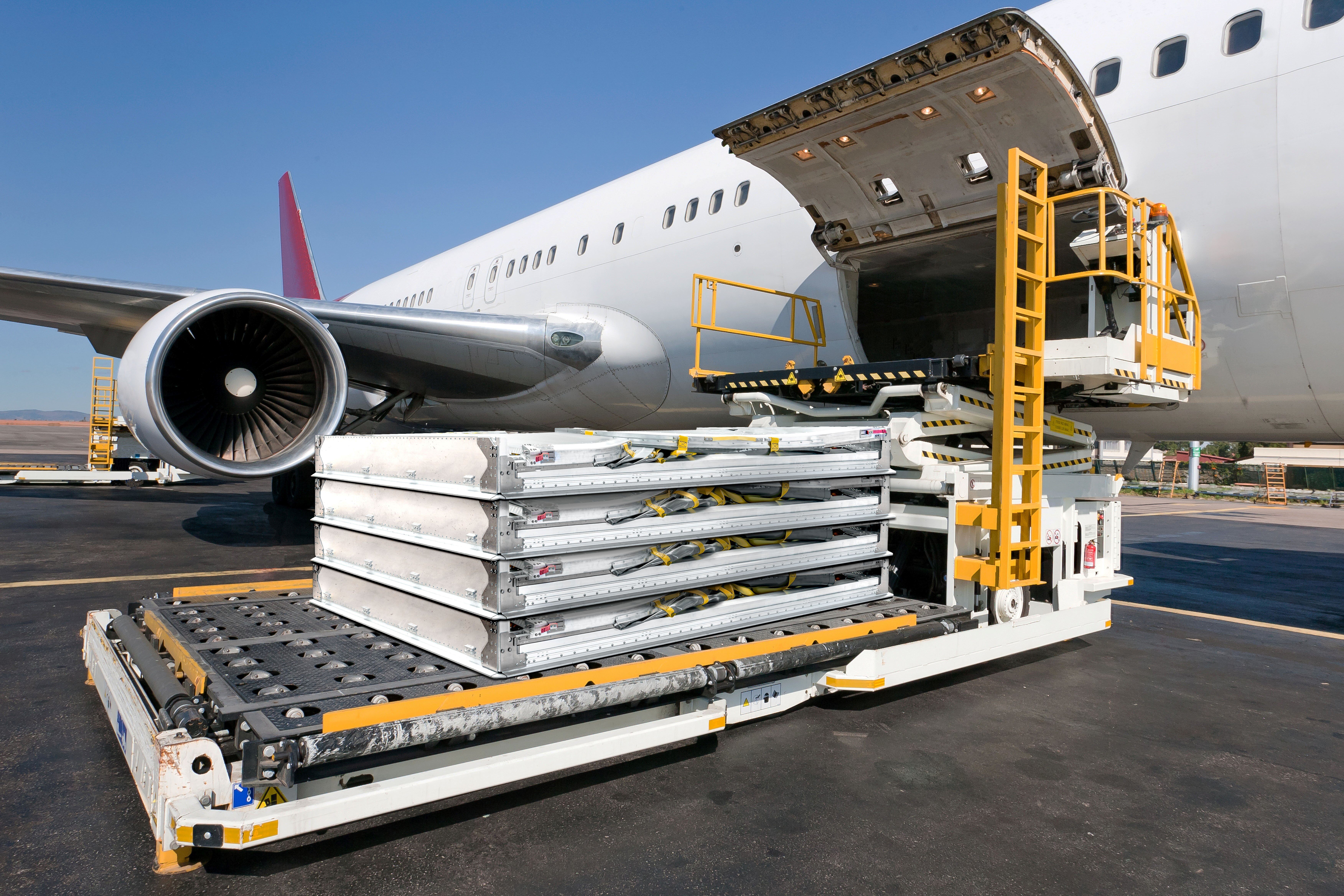What does it take to develop a revolutionary new product like the Air7? It starts—quite naturally—with a madcap idea to solve an industry-wide problem. Otherwise known as a ‘what if’ moment.
But it’s easier said than done to translate a brilliant idea into business reality, no matter how worthwhile pursuing.
And that was certainly the case with VRR’s inflatable AKE.
It’s an interesting story, so we’ve decided to reveal the lengths we’ve had to go to in order to create the Air7. In this article, we’ll reminisce about the beginnings of an idea, the generation of a concept, and the delivery of a prototype.
Early 2018: Convincing colleagues to consider a novel product
The idea of using inflatable panels to build a foldable and stackable container was an idea we’d been toying with for some months. However, each time we explored it in depth, the idea was dismissed as exciting but unfeasible.
In the meantime, we continued our work on mechanical collapsible containers in an effort to solve the global imbalance of Unit Load Devices (ULDs). Our solution seemed to be working quite well for main-deck containers, and the initial response from the market was positive. Still, finding a solution for the ever-popular lower-deck AKEs was proving much more difficult.
Lower-deck containers, which are shorter than main-deck containers and follow well-established contours, make up the majority of the global ULD fleet. However, their specific weight, handling and durability requirements were sticking points for the mechanical collapsible version.
And so, the notion of inflatable panels wasn’t forgotten, unwilling to file it under “ideas that didn’t make the cut”. The breakthrough came when we browsed through a product folder containing a variety of SUP boards and inflatable boats. The material these products are built from are strong, flexible and durable—perfect for collapsible containers.
It dawned on us that the ‘what if’ moment may not be as crazy as we thought. Full of renewed enthusiasm, we entered a new phase: research.
April 2018-March 2019: Creating a Proof of Principle to wow the market
Research into a foldable/stackable AKE container began by assembling an internal R&D team to see if the theoretical would work in practice. As with any research project, we needed to find a principle solution for the main design challenge and then prove its functionality. We needed a Proof of Principle. A pre-prototype of the final product, if you like.
The main design challenge was this: to create a folding concept that is easy to use, simple to set up and folds in a controlled way every time, without making concessions to the AKE’s weight, robustness, strength or safety.
Understanding the true impact of the challenge and the project’s main drivers and boundary conditions is essential at this stage. The non-critical details could be shelved until later. So, the team broke down the main challenge into numerous sub-challenges:
- Understand the air cargo market and its impact on the design challenge
- Establish boundary conditions (the who, where and when aspects that limit a solution).
- Research available inflatable materials and their characteristics
- Understand the options and limits of using inflatable materials in an inflatable container
- Research the pros/cons of different basic parts (mechanical, inflatable, fabric)
- Produce a product within the AKE’s footprint (can’t be taller than the pallet’s length/width)
- Find a way to connect inflatable panels and mechanical parts, including air connections
- Keep the folded product as low as possible and create a stable basis for stacking
- Prevent inflatable/fabric parts from being vulnerable to damage when folded/stacked
- Find inflatable expert partners for design support and prototype manufacturing
This daunting list of challenges certainly put our designers and engineers through their paces. In fact, it took these talented people almost a whole year to tackle each one and produce a Proof of Principal.
But it was worth all the effort.
In March 2019, we launched our concept—the first of its kind in the world—during the 13th World Cargo Symposium in Singapore. We called the concept the Air5 because, when it’s folded, it can be stacked five high in a plane’s hold or in a warehouse.
Audiences watched with amazement as the Air5 inflated automatically into its final shape in just 30 seconds. Collapsing the container didn’t take much longer. Only two minutes (and two people) to release the air and fold in the sides.
The response was all that we could have hoped for. Our inflatable container was seen as a potential solution to reducing the ULD imbalance around the globe. The message was loud and clear: we were backing a winner.
April 2019-March 2020: Demonstrating the Air7’s real-world usability
The next stage in the project was to develop a prototype that would prove the concept’s usability in the real world. The main aim was to simplify the concept and reduce its cost and weight. To do so, the R&D team had to plough through another long list of challenges that included:
- Creating an easy-to-open door that is also loadbearing and water- and weather-resistant
- Simplifying the 3D shape and reducing connections by converting three panels into one
- Creating a single air inlet/outlet point that has easy access when folded and unfolded
- Simplifying the mechanical parts and redesigning expensive machined parts
- Enabling the rapid decompression of the container’s internal air volume
- Preventing internal air from influencing the folding process (“mushrooming”)
- Preventing rainwater from entering the container by creating shields and drains
- Preventing air getting trapped in the folds of the panels
- Preventing fabric from ending up outside the container footprint when folded (out-of-contour)
- Lowering the folded profile, going from Air5 (stack of five) to Air7 (stack of seven)
- Selecting the right inflatable materials and coatings
Inevitably, new challenges arose as the team worked its way through the list. They explored emerging technologies, collaborated with external partners, overcame frustrating setbacks, and tapped into their creativity.
Finally, after another year of blood, sweat and tears, the team had managed to create a professional and attractive-looking product that would fit the VRR brand perfectly; now able to stack seven high instead of just one, or five if you consider our previous concept. They were ready to launch the prototype of the Air7 at the World Cargo Symposium in March 2020.
Then COVID-19 arrived, and the world went into lockdown…
March 2020-July 2020: Dealing with the outfall of the coronavirus
The launch of the prototype was cancelled, the supply chain was disrupted, and half of our personnel suddenly had to work from home. Our hopes of starting series production by Q2 2020 was put on hold.
Regardless, the project continued.
We announced online that the Air7—the world’s first inflatable AKE container—was ready for certification. Then the team got down to ironing out all the wrinkles of the blueprint to arrive at a fully validated product.
After many brainstorming sessions, we were eventually able to lower the overall weight and cost and, at the same time, overcome remaining hurdles such as:
- Optimising the geometry of the cover
- Determining the materials and production methods of all the parts
- Evaluating critical dimensions and shape deviations of the inflatable panel
- Creating a solution for water entrapment on the roof
- Preventing the water drains from blocking by aging and stretching the fabric
- Compensating for outboard cable tolerances during assembly
- Developing strong, flexible outboard cables with a low elongation and a low price
- Negating the effect of large deformations and shifting the centre of gravity
- Developing a feasible approach for certification of the product
The R&D team’s main concerns were the ability to produce a product that was strong enough to carry heavy loads, would stand up to the rigours of daily operational use, and would fit in an aircraft’s hold. In addition, production costs had to be viable.
It was a tall order, to say the least. But they succeeded despite all the obstacles put in their way. The Air7 is now ready for the testing and certification phase to ensure that it is completely airworthy.
In our next article we’ll explain the steps that we still have to take to produce our innovative product. We’ve come a long way, but we’re not over the finishing line yet. However, we’re pleased to say that the end is in sight.
If you’d like to know more about the Air7 or any of our other products, feel free to contact us or stay updated via our LinkedIn page.

.png)



